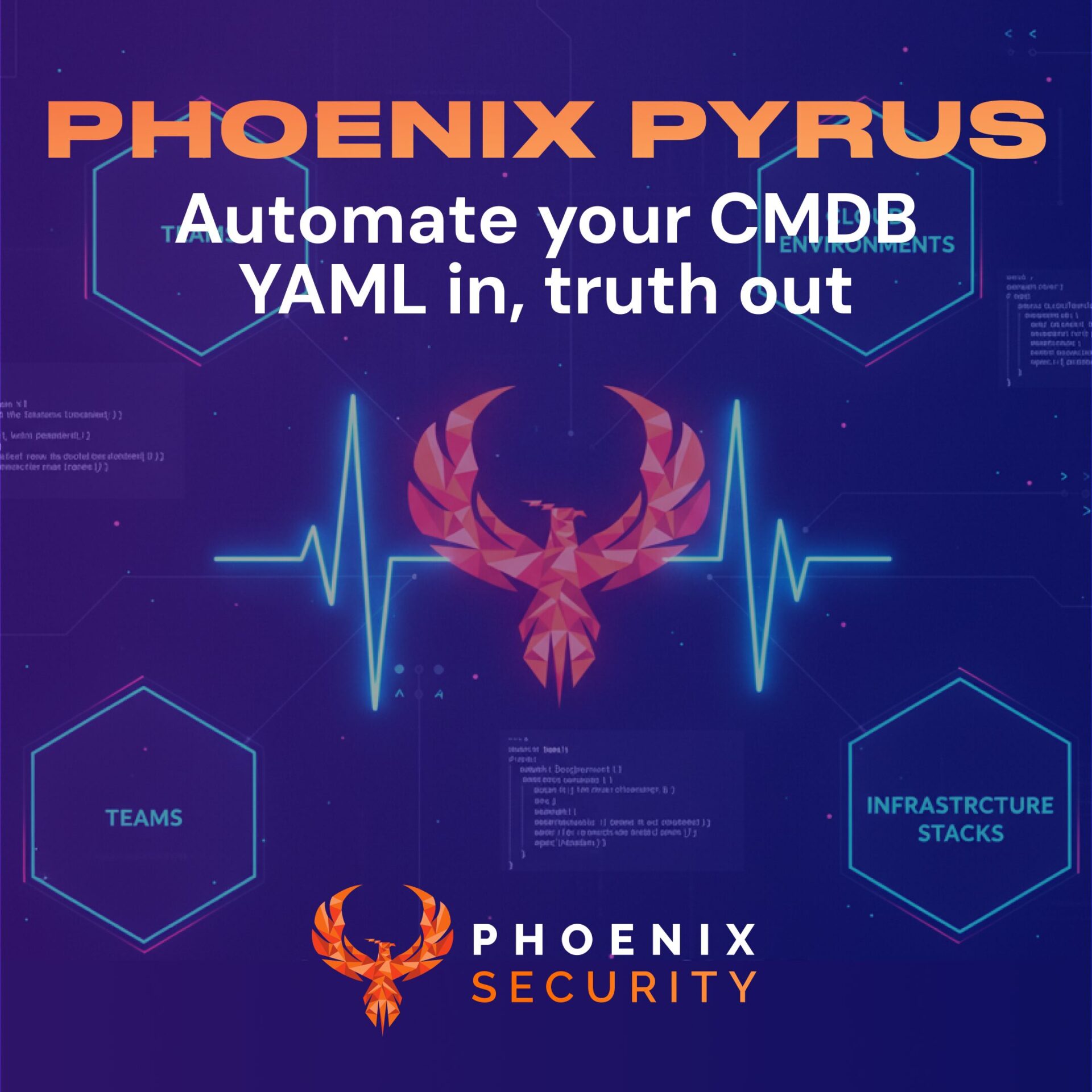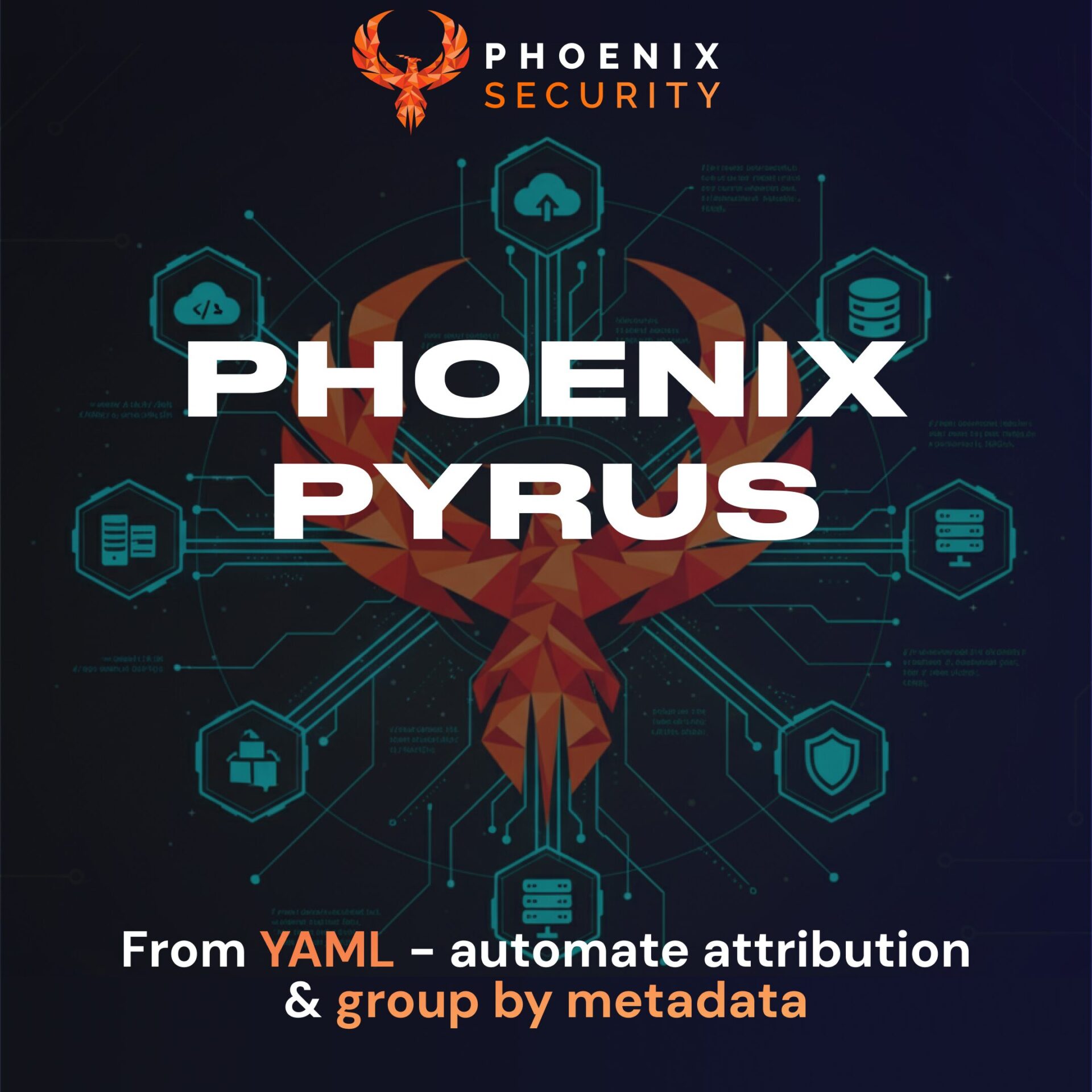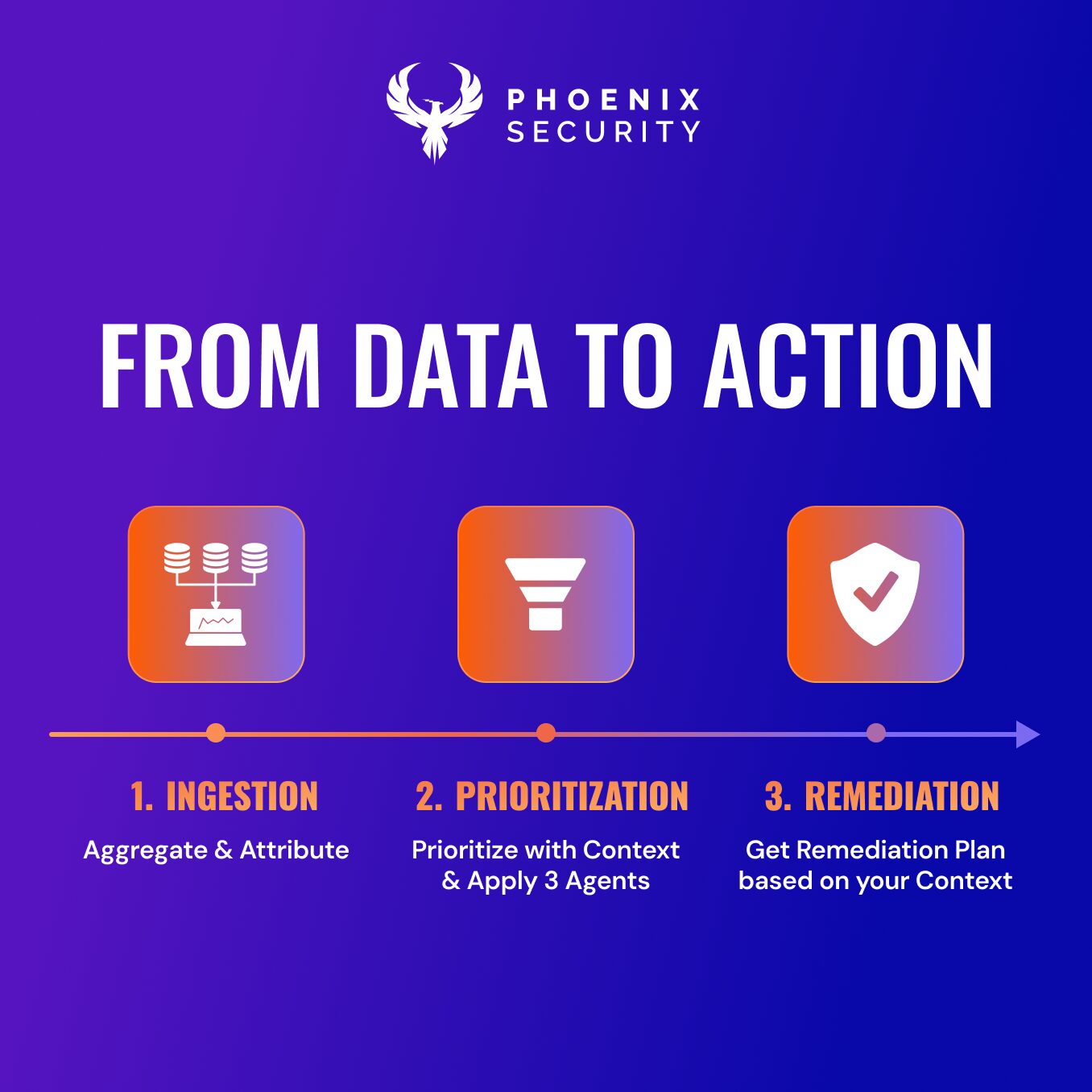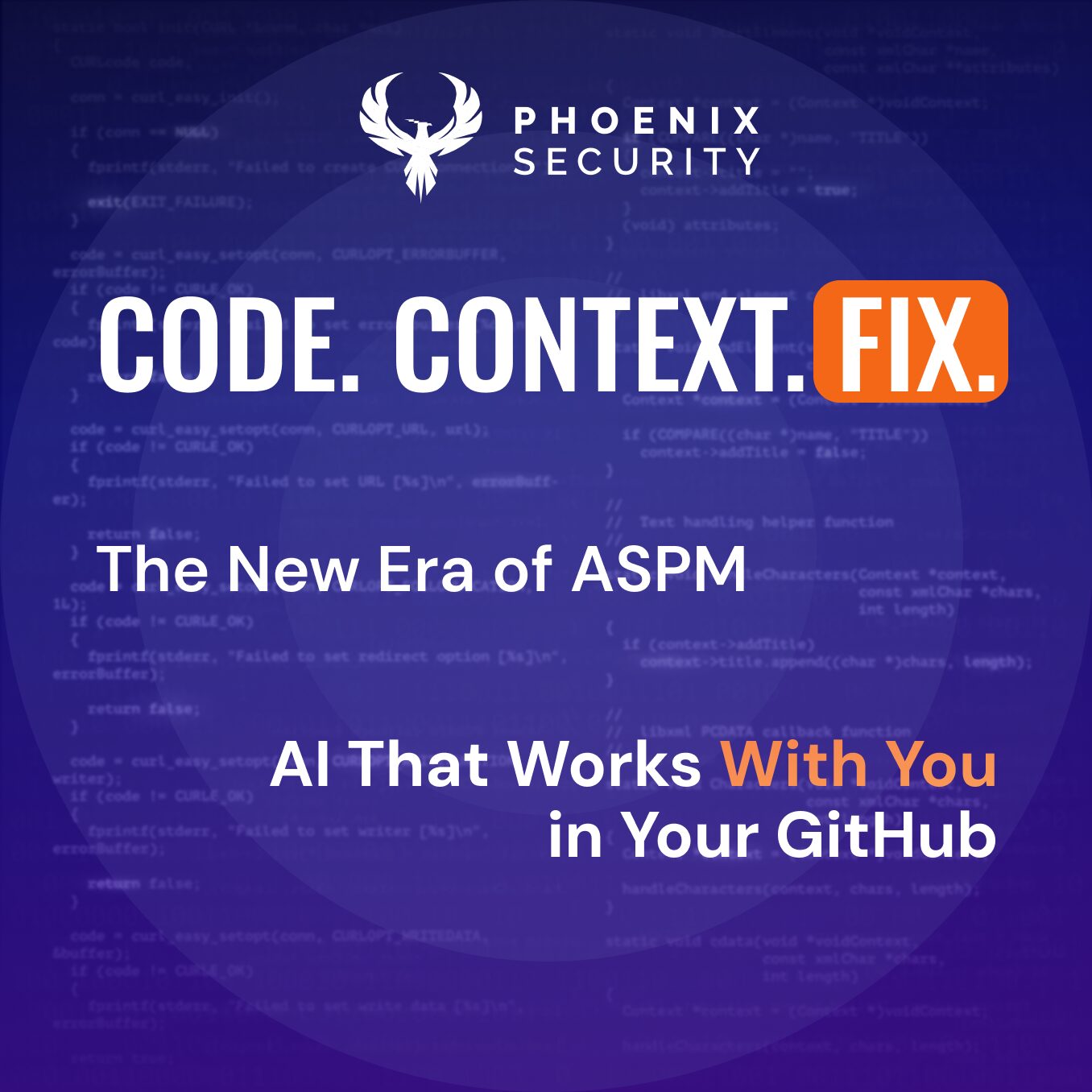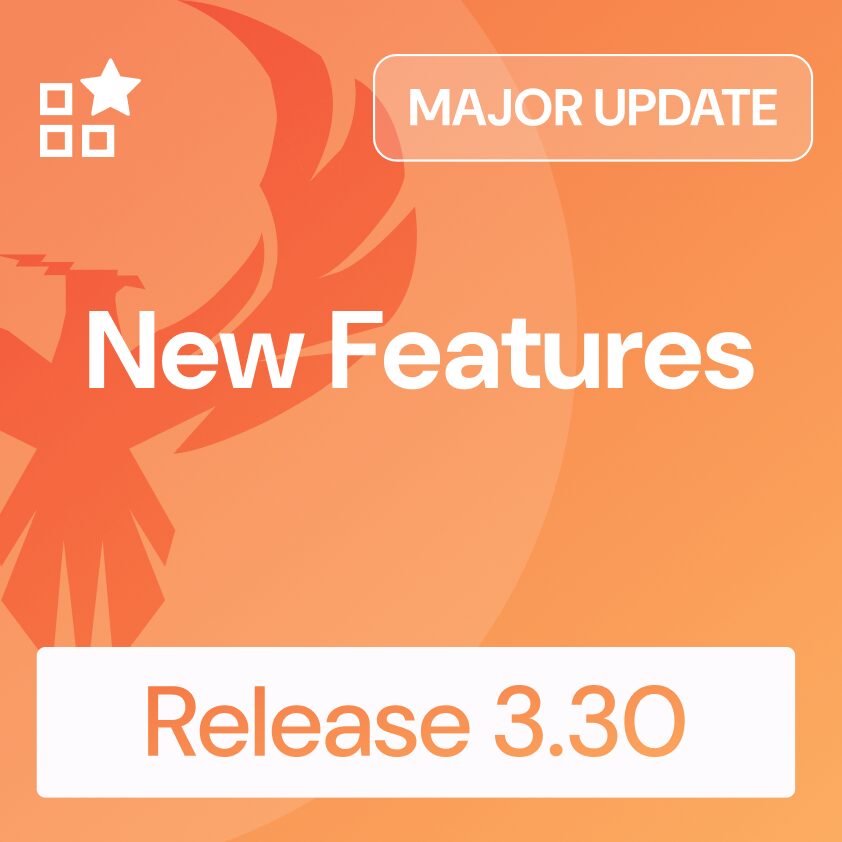
In an increasingly connected digital world, security is becoming an increasingly unavoidable obstacle to data security. The discovery of new attack vectors and the variety of malicious programs and users makes implementing a security policy only the first step in ensuring data security. It has also become apparent that members of staff need appropriate training in order to handle these challenges. Employees need to be prepared on how to deal with a security breach and its effects. This is where application security training comes in.
What is application security training? Security training is the pre-emptive act of carrying out exercises and drills in order to equip employees with the skills necessary to deal with and mitigate security vulnerabilities. Security training is carried out after creating security policies and is intended to familiarise the employees with what needs to be done while under different situations.
Application security training is used to equip developers on how to create applications that address security concerns. This makes the developers aware of design patterns and components that may pose a security risk to the final application. Its importance cannot be overstated. The increasing amount of data being entrusted to web applications make it a priority to defend. Why is it so important?
Reduction in errors
Studies have shown that a significant number of breaches occur as a result of employee carelessness. Through application security training, the employees can become aware of common threat vectors used to target them. An employee is less likely to click on or open email attachments after learning about common scams such as phishing emails and malware design patterns. The application developers would also learn new threat vectors and mitigation strategies in the program development life cycle.
Enhancement of Application security.
Through application security training, employees become more vigilant and adhere to existing security policies in the organization. Understanding the potential damage to the institution’s infrastructure should the system be breached, employees more submissive to policies that would otherwise be viewed as oppressive. Employees can also perform simple acts like using stringer passwords and flagging suspicious emails, which bolster an application’s security..
Savings on potential Losses.
While it is ultimately impossible to prevent security breaches, security training can help avoid losses arising from one. After proper training, an employee might encrypt their storage devices as a countermeasure against loss of privacy. This data could theoretically remain unaffected should their network be compromised. This saves money the organization would have spent replacing and or servicing affected computers.
Greater peace of mind
The existence of a strong security policy and security awareness training provides stakeholders with peace of mind. This is because they are aware that everyone is on the same page regarding securing the organization’s data.
WHAT IS CAPTURE THE FLAG?
Now that the importance of application security training has been established, how does one carry it out? No single answer for this exists, but one of the most effective is to capture the flag. Capture the flag has been used by security experts to test each other. The aim of capturing the flag is to promote problem-solving skills and team building. They are like computer security training where teams of competitors or individuals are pitted against each other. There are two types of capture the flag competitions, jeopardy and attack and defence capture the flag.
Jeopardy Capture the Flag.
This competition is very much like the game show jeopardy. The completion revolves around a set of challenges provided by the event organizers. Individuals then work on the challenges together. Each challenge is designed such that when solved, a flag is revealed, commonly text. This is then submitted to a scoring engine for points, with the points depending on the challenge’s difficulty. The contestants typically get about 72 hours to solve as many challenges as possible.
Attack and Defend capture the flag.
This type of capture the flag is rarely done for the public because of its complexity. In this competition, each team is given the same set of vulnerable server software. Each unit is to set up and audit the software before the competition. On the day of the competition, each team connects its servers to join an isolated network, which will be used for the competition. During the competition, the teams attempt to exploit vulnerabilities they found within the software in their competitors’ servers. They also have to patch their software to protect against the detected vulnerabilities. Points are awarded for extracting flags, properly defending their flags, and keeping their server under regular operation. The configuration of such a network and monitoring requires a lot of skilled labor, making this type of capture flag expensive to run. It is primarily because it is always carried out within the organization or less frequently jeopardized to capture the flag.
Jeopardy Capture the Flag.
This competition is very much like the game show jeopardy. The completion revolves around a set of challenges provided by the event organizers. Individuals then work on the challenges together. Each challenge is designed such that when solved, a flag is revealed, commonly text. This is then submitted to a scoring engine for points with the points depending on the difficulty of the challenge. The contestants typically get about 72 hours to solve as many challenges as possible.
Attack and Defence capture the flag.
This type of capture the flag is rarely done for the public because of its complexity. In this competition, each team is given the same set of vulnerable server software. Each unit is to set up and audit the software before the competition. On the day of the competition, each team connects its servers to join an isolated network, which will be used for the competition. During the competition, the teams attempt to exploit vulnerabilities they found within the software in their competitors’ servers.
They also have to patch their software to protect against the detected vulnerabilities. Points are awarded for extracting flags, properly defending their flags, and keeping their server under regular operation. The configuration of such a network and monitoring requires a lot of skilled labour, making this type of capture flag expensive to run. It is primarily because it is always carried out within the organization or less frequently jeopardized to capture the flag.
Capturing the flag is considered one of the best ways to get started in cybersecurity. Despite the apparent initial difficulty, it has been credited with teaching individuals more about computing than any other method. What are some of these advantages over other methods?
Capture the flag teaches hands-on cybersecurity skills that allow security professionals to stay up to date on the latest vulnerabilities and attack vectors. Due to computing’s forever evolving nature, this allows security professionals to keep up with emerging threats.
-Improves teamwork in organizations. Capture the flag forces people to work together, and this forces people to communicate and work together. This fosters collaboration in the organization and results in an overall increase in productivity among members of staff.
-Makes learning cybersecurity easier. Capture the flag gives practice forces practical application of computer skills. This has been proven to be more effective and creates a more practical security expert.
Application security training is essential for any organization’s security policy. By creating countermeasures and providing staff necessary skills and knowledge on cybersecurity, the organization is better prepared to deal with a breach should it arise.
Phoenix Security also is introducing a great feature to enable teams to schedule self-paced training and link up the applications errors to the training so that the teams are positively nudged towards improving security. Get your demo today and chat with us on your appsec needs




